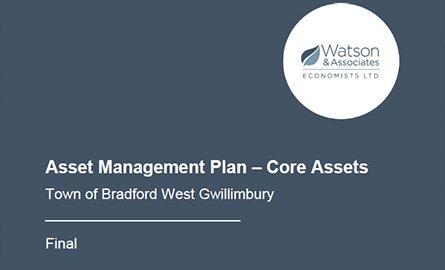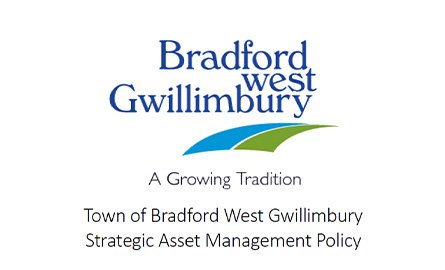Asset management planning is the process of making the best possible decisions regarding the building, operating, maintaining, renewing, replacing and disposing of infrastructure assets. The objective is to maximize benefits, manage risk, and provide satisfactory levels of service to the public in a sustainable manner.
Improved municipal asset management planning is a vital step in Ontario's Municipal Infrastructure Strategy. Municipalities have been required to demonstrate a progressively greater commitment to asset management in order to request infrastructure funding and guide them in making appropriate infrastructure investment decisions now and into the future.


Contact Us





